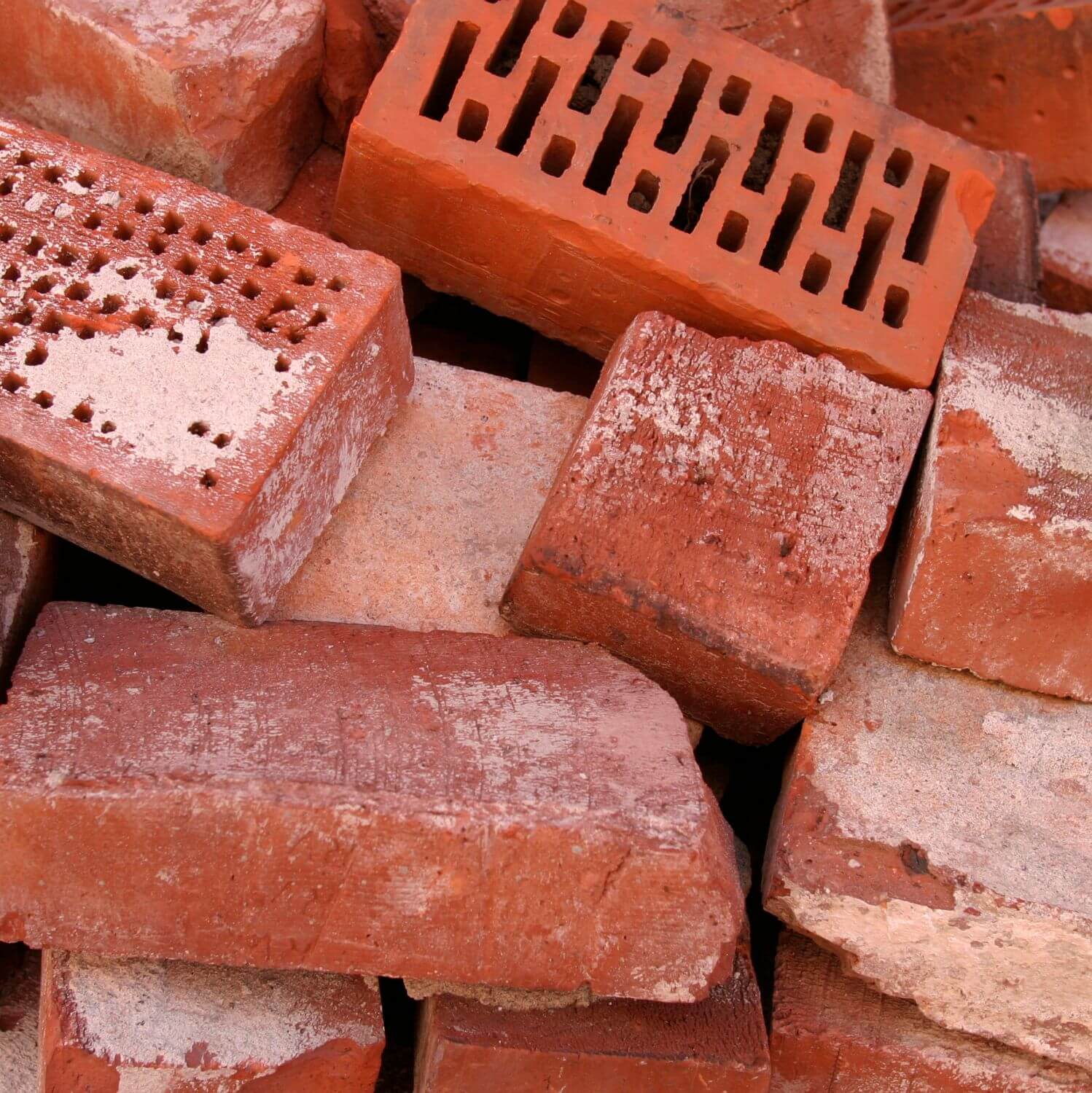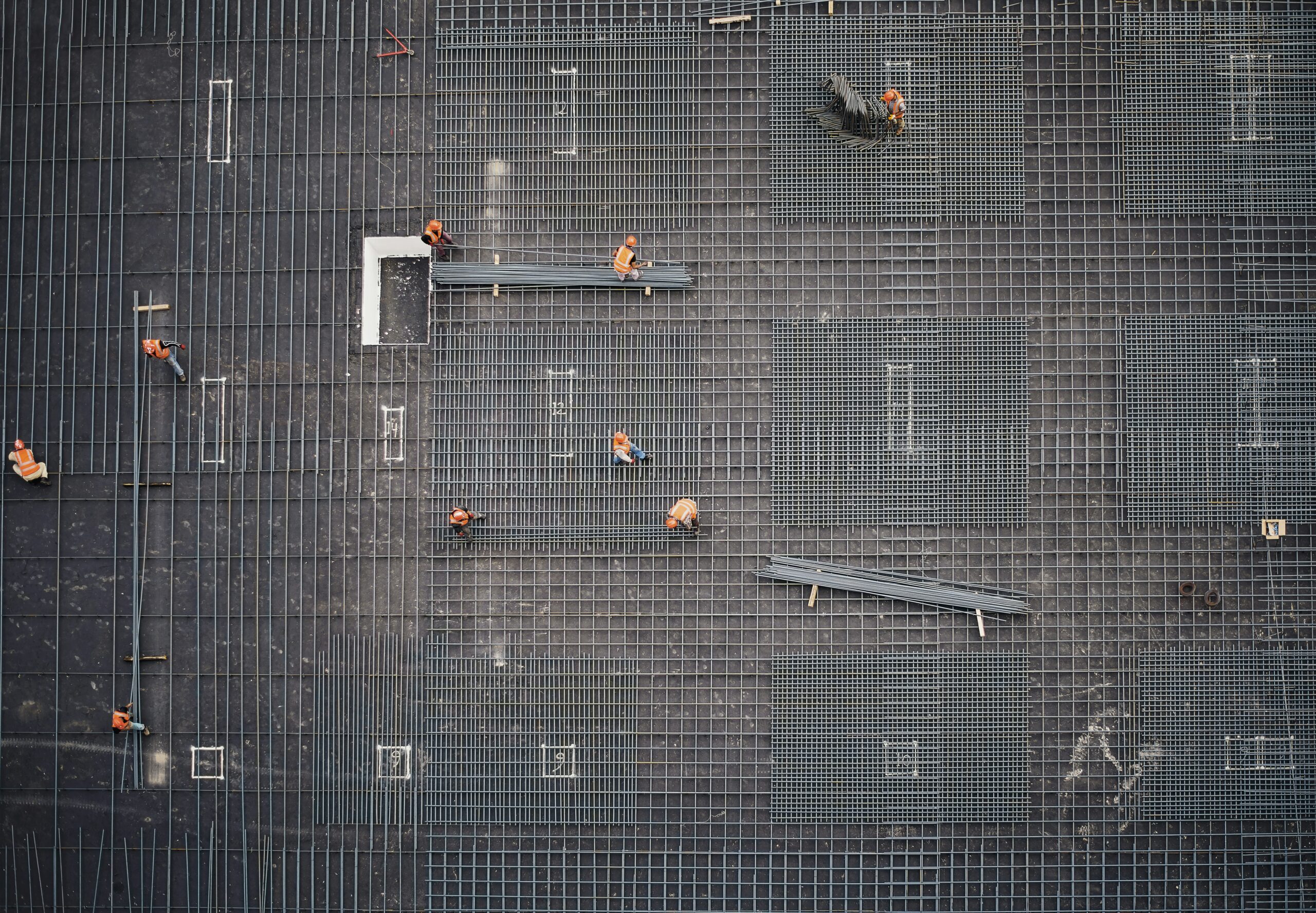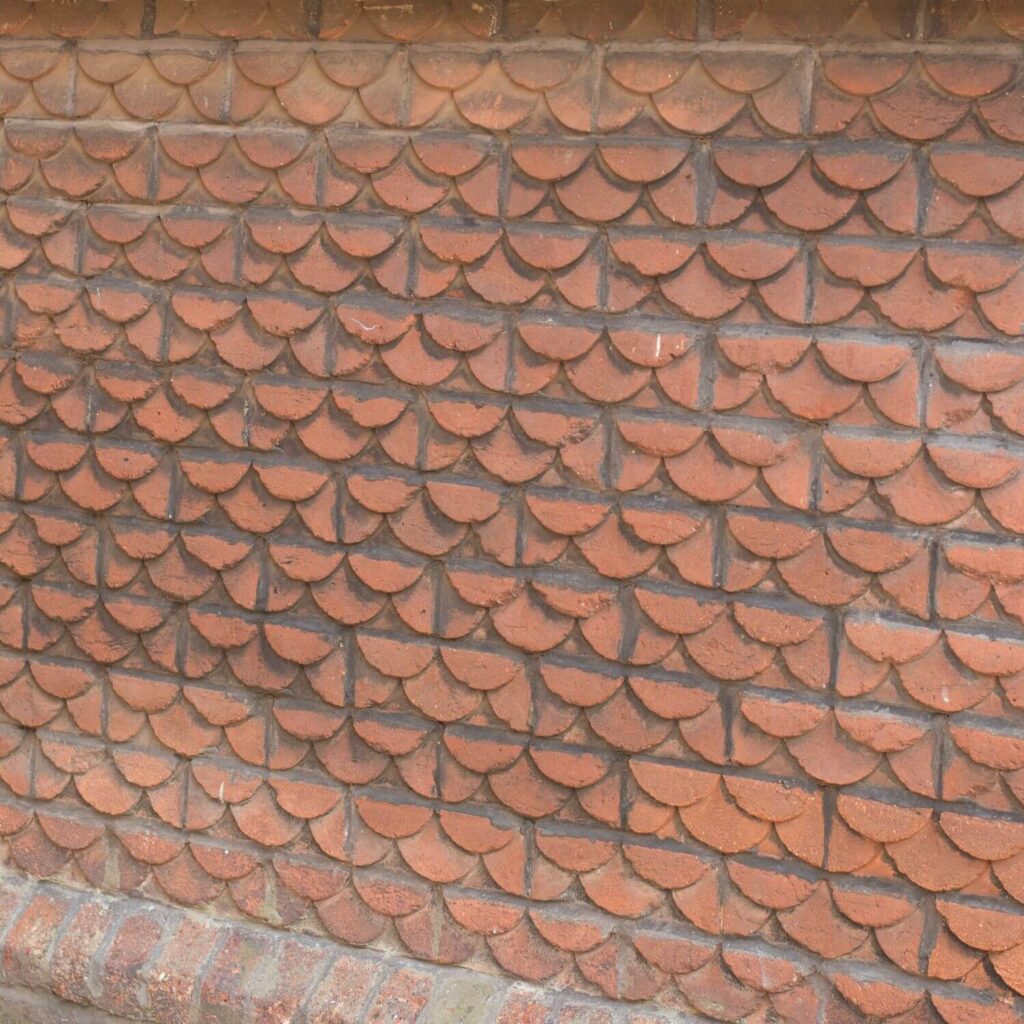
Imagine you’re planning to build a new house or maybe just a small backyard project. One question that comes to mind is, “How many bricks do you need?” Well, fret not, because in this article, we’ll explore the answer to that very question. Whether you’re an aspiring builder or just a curious soul, we’ve got you covered! So sit back, relax, and let’s find out how to calculate the perfect number of bricks for your next construction endeavor.

Factors to Consider
When estimating the quantity of bricks needed for a project, there are several factors that you should consider. These factors will help ensure that you have an accurate estimation and can avoid any unexpected shortages. Let’s take a closer look at each of these factors.
Type of Project
The first factor to consider is the type of project you are working on. Are you constructing a wall or creating a paved area? The type of project will determine the calculations needed to estimate the brick quantity accurately.
Project Specifications
Next, you should take into account the specifications of your project. Consider the dimensions and requirements outlined in your project plans or design. Are there any specific measurements or brick patterns that need to be followed? These specifications will play a crucial role in determining the quantity of bricks required.
Brick Size and Shape
The size and shape of the bricks you plan to use will also impact the overall quantity needed. Different brick sizes and shapes will have different coverage areas and will affect the number of bricks required to complete the project. It is essential to have this information handy when estimating the brick quantity accurately.
Brick Pattern
The brick pattern you choose for your project can also impact the number of bricks needed. Different patterns have different brick placement requirements, which may increase or decrease the brick quantity required. Consider the pattern you want to achieve and ensure you calculate the quantity accordingly.
Wastage Allowance
Another essential factor to consider is the wastage allowance. Bricklaying can result in breakage or unusable bricks due to handling, cutting, or any unforeseen accidents. It is crucial to account for a wastage allowance when estimating the brick quantity. A typical wastage allowance is around 5-10%, but this can vary depending on the complexity of the project and your expertise.
By considering these factors, you can ensure a more accurate estimation of the brick quantity required for your project.
Calculating Brick Quantity for Walls
Now that we have discussed the factors to consider let’s dive into calculating the brick quantity for different types of projects. First, we will explore how to estimate the brick quantity for walls.
Measuring Wall Area
To start, you will need to measure the area of the wall you plan to construct. Take accurate measurements of the length and height of each section of the wall, including any openings such as windows or doors. Multiply the length by the height to get the total area of each section.
Determining Brick Coverage
Next, you will need to determine the coverage area of the bricks you plan to use. Brick manufacturers provide information on the coverage area for each type and size of brick. Divide the total area of the wall by the coverage area of the bricks to calculate the quantity needed.
Including Mortar Joints
When estimating the brick quantity for a wall, it is essential to account for mortar joints. Mortar joints are the gaps between bricks filled with mortar. These joints play a role in the overall strength and stability of the wall. Depending on the width of the mortar joint, you will need to adjust the calculations accordingly. Typically, mortar joints are around 10mm wide.
Adjusting for Openings
If your wall has any openings, such as windows or doors, you will need to adjust the brick quantity accordingly. Measure the area of each opening and subtract it from the total wall area before calculating the brick quantity. This will provide a more accurate estimation for your project.
Accounting for Wastage
Lastly, don’t forget to account for the wastage allowance we discussed earlier. Multiply the estimated brick quantity by the wastage percentage to get the additional bricks needed. This will ensure that you have enough bricks to account for any breakage or unusable bricks during construction.
By following these steps and considering the specific factors for your project, you can accurately calculate the brick quantity for walls.
Calculating Brick Quantity for Paving
If your project involves creating a paved area, such as a patio or pathway, the process for calculating the brick quantity is slightly different. Let’s explore how to estimate the brick quantity for paving.
Measuring Paving Area
Start by measuring the area of the paving you plan to create. Using a tape measure, measure the length and width of the area. Multiply these dimensions to obtain the total area of the paving.
Determining Brick Coverage
Similar to estimating the brick quantity for walls, you will need to determine the coverage area of the bricks you intend to use. Divide the total area of the paving by the coverage area of the bricks to calculate the quantity required.
Accounting for Wastage
Just like with wall construction, it is crucial to account for wastage when estimating the brick quantity for paving. Multiply the estimated quantity by the wastage percentage to ensure you have enough bricks to account for any breakage or unusable bricks during installation.
Considering Border and Edging
When calculating the brick quantity for paving, it is essential to consider any border or edging requirements. Depending on your design preferences, you may want to include a border or edging around the paved area. Measure the length and width of the border or edging and calculate the additional brick quantity needed accordingly.
By following these steps and accounting for the specific factors and design preferences of your project, you can accurately estimate the brick quantity for paving.
Common Brick Dimensions
Bricks come in various sizes and shapes, each with its own coverage area and aesthetic appeal. Let’s explore some of the commonly found brick dimensions.
Standard Brick Sizes
The standard size for bricks used in construction is typically 220mm x 105mm x 75mm. These dimensions provide a good indication of the size and coverage area of bricks when estimating quantities.
Other Brick Shapes and Sizes
In addition to standard bricks, there are several other shapes and sizes available. These include bullnose bricks, capping bricks, and specialty bricks. These variations may have different dimensions and coverage areas than standard bricks. When estimating the brick quantity, be sure to consider the specific dimensions of the bricks you plan to use.
By familiarizing yourself with the common brick dimensions, you can make more accurate estimations for your projects.

Common Brick Patterns
The choice of brick pattern can significantly impact the overall aesthetic appeal of your project. Let’s explore some of the commonly used brick patterns.
Stretcher Bond
Stretcher bond is one of the most basic and commonly used brick patterns. It involves laying bricks in a running bond, with each brick overlapping halfway on the one below. This pattern provides a clean and simple look suitable for various projects.
English Bond
The English bond pattern alternates courses of stretchers and headers. A stretcher refers to the long face of the brick, while a header refers to the short face. This pattern is known for its strength and durability and is often used in load-bearing structures.
Flemish Bond
The Flemish bond is similar to the English bond, but with alternating headers and stretchers within each course. This pattern provides a more intricate and decorative appearance and is often used in historic or high-end projects.
Stack Bond
In a stack bond pattern, bricks are laid directly on top of each other without any overlapping. This pattern creates a modern and minimalist look, but it is essential to consider the structural implications when using this pattern in load-bearing applications.
Basket Weave
The basket weave pattern consists of pairs of bricks laid horizontally and vertically, creating a woven appearance. This pattern adds texture and visual interest to projects, making it a popular choice for pathways and patios.
Herringbone
Herringbone is a classic pattern that involves placing bricks at a 45-degree angle in a zigzag pattern. This pattern is often used in driveways or high-traffic areas, as it provides additional strength and stability.
Running Bond
Running bond is similar to the stretcher bond, with bricks laid in a running pattern. However, in a running bond, the end of each brick aligns with the center of the brick above or below it. This pattern is versatile and commonly used in various projects.
Common Bond
Common bond is a pattern that combines the stretcher bond and header bond. It involves alternating courses of stretchers and headers, typically with more stretchers than headers. This pattern provides a good balance of strength and aesthetics.
Diagonal Bond
In a diagonal bond pattern, bricks are laid at a 45-degree angle, creating a visually striking herringbone effect. This pattern adds a unique and dynamic look to projects, making it a popular choice for accent walls or focal points.
By familiarizing yourself with these common brick patterns, you can choose the one that best suits your project’s aesthetic requirements.
Example Calculation
To further illustrate the process of estimating brick quantities, let’s look at some example calculations for both walls and paving projects.
Wall Example
Suppose you are constructing a wall with the following measurements:
- Length: 6 meters
- Height: 2.5 meters
Assuming the standard brick size mentioned earlier (220mm x 105mm x 75mm) with a 10mm mortar joint and a 7% wastage allowance, here’s how you would calculate the brick quantity:
- Calculate the total wall area: 6m x 2.5m = 15 square meters.
- Determine brick coverage area: Given the standard brick size, the coverage area is 0.02205 square meters (220mm x 105mm).
- Adjust for mortar joints: Assuming a 10mm mortar joint, divide the coverage area by the adjusted brick size (0.02205 – (0.01 x 0.01)) = 0.02185 square meters.
- Calculate the quantity of bricks needed: Divide the total wall area by the adjusted brick coverage area: 15 square meters / 0.02185 square meters = 686.14 bricks.
- Account for wastage: Multiply the calculated brick quantity by the wastage allowance (686.14 x 7%) = 48.03 bricks.
In this example, you would need approximately 734 bricks (686.14 + 48.03) for the wall construction, taking into account the different factors discussed earlier.
Paving Example
Suppose you plan to create a paved patio with the following measurements:
- Length: 4 meters
- Width: 3 meters
Assuming the same standard brick size and wastage allowance as the previous example, here’s how you would calculate the brick quantity:
- Calculate the total paving area: 4m x 3m = 12 square meters.
- Determine brick coverage area: Using the standard brick size, the coverage area is 0.02205 square meters.
- Calculate the quantity of bricks needed: Divide the total paving area by the brick coverage area: 12 square meters / 0.02205 square meters = 544.42 bricks.
- Account for wastage: Multiply the calculated brick quantity by the wastage allowance (544.42 x 7%) = 38.11 bricks.
In this example, you would need approximately 582 bricks (544.42 + 38.11) for the paved patio, considering the different factors involved.

Tips for Brick Quantity Estimation
Estimating the brick quantity can be a complex task, but by following these tips, you can ensure a more accurate estimation for your project.
Consult with Professionals
If you are unsure about any aspect of the estimation process, it is always best to consult with professionals such as architects, builders, or experienced bricklayers. They can provide guidance and advice based on their expertise and experience.
Account for Design Variations
If your project involves intricate designs or patterns, it is crucial to account for additional bricks needed to achieve these variations. Whether it’s complex brickwork or decorative elements, ensure that your estimation considers these design variations.
Consider Future Repairs or Additions
When estimating the brick quantity, it is wise to consider any future repairs or additions that may be needed. Having a few extra bricks on hand can save you time and money in the long run, as you won’t have to search for matching bricks or disrupt the aesthetic of your project.
Err on the Side of Extra Bricks
Lastly, it is always better to have extra bricks than to run out in the middle of your project. Brick matching can be challenging, especially if the project spans over a long period. Ordering a few extra bricks can provide peace of mind and ensure that you have enough to complete your project without delay.
By following these tips, you can improve the accuracy of your brick quantity estimates and avoid any potential complications during your project.
Conclusion
Estimating the brick quantity for your construction or paving project is an important step towards ensuring a smooth construction process. By considering factors such as the type of project, project specifications, brick size and shape, brick pattern, and wastage allowance, you can accurately determine the number of bricks needed.
Through the process of measuring the area, determining brick coverage, accounting for mortar joints, adjusting for openings, and considering wastage, you can calculate the brick quantity for both walls and paving.
Furthermore, it is essential to be familiar with common brick dimensions and patterns to make informed design choices and estimations. Additionally, following tips such as consulting professionals, accounting for design variations and future repairs or additions, and ordering extra bricks will help ensure a successful project.
Remember, estimating brick quantity is not an exact science, and there may be unforeseen factors that can affect the final quantity. However, by carefully considering the factors outlined in this article and using the appropriate calculations, you can confidently estimate the brick quantity needed for your project.












